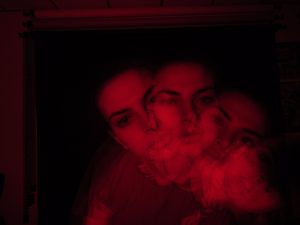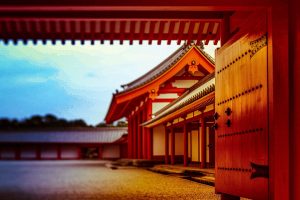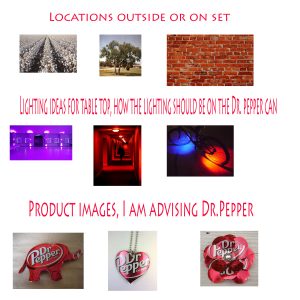


MULTIPLE EXPOSURE WITH FLASH AND SLOW SHUTTER SPEED




MULTIPLE EXPOSURE WITH FLASH AND SLOW SHUTTER SPEED
Aperture:Due to using the flash, the aperture setting is the most important in this technique. As long as your shutter speed is slower than your camera’s flash sync-speed, the aperture will determined how the flash will be recorded in the photo, and it also dictates what power output to set on your flash.
Lighting :this technique works with multiple lights, but it is best f you work up or build up over time.
Direction:The pose then the flash, this gives your photo a sense of direction.
Remote triggers: This will help with the timing of the photo.
Neutral backgrounds:Pick black or gray background because your subject is moving to different places, the background continues to be expose once your subject has moved.
strobe or flashgun with a test button: This will allow the photographer to choose when the flash goes off.
A tripod: This keeps the camera in one place and this keeps the camera from moving and the image from being blurry.
A dark room: This allows the subject to be focus on with out any extra light that is not from the flash.
Camera settings: When your camera is on a tripod, set the dial to manual mode, the ISO to 100, and your shutter speed to between two and six seconds. To test if your shutter speed is suitable, take a test shot without any flash. As long as the image is completely black at the end of the exposure, it will work for this technique.
A human subject or a subject: This is the main focus in the photo.
Intro to lightroom part 2




Intro to Lightroom part 1pratice












Advisement photos final
 Inside studio
Inside studio
 Outside
Outside
Part 3: Shoot It!
Es devlin
- What are 3 of five “ingredients” Es considers necessary for her art?
- Time,Space, and darkness
Magazine cover project

Eagle symbolize the truth, the chain is the broken lie.
Vision Board
